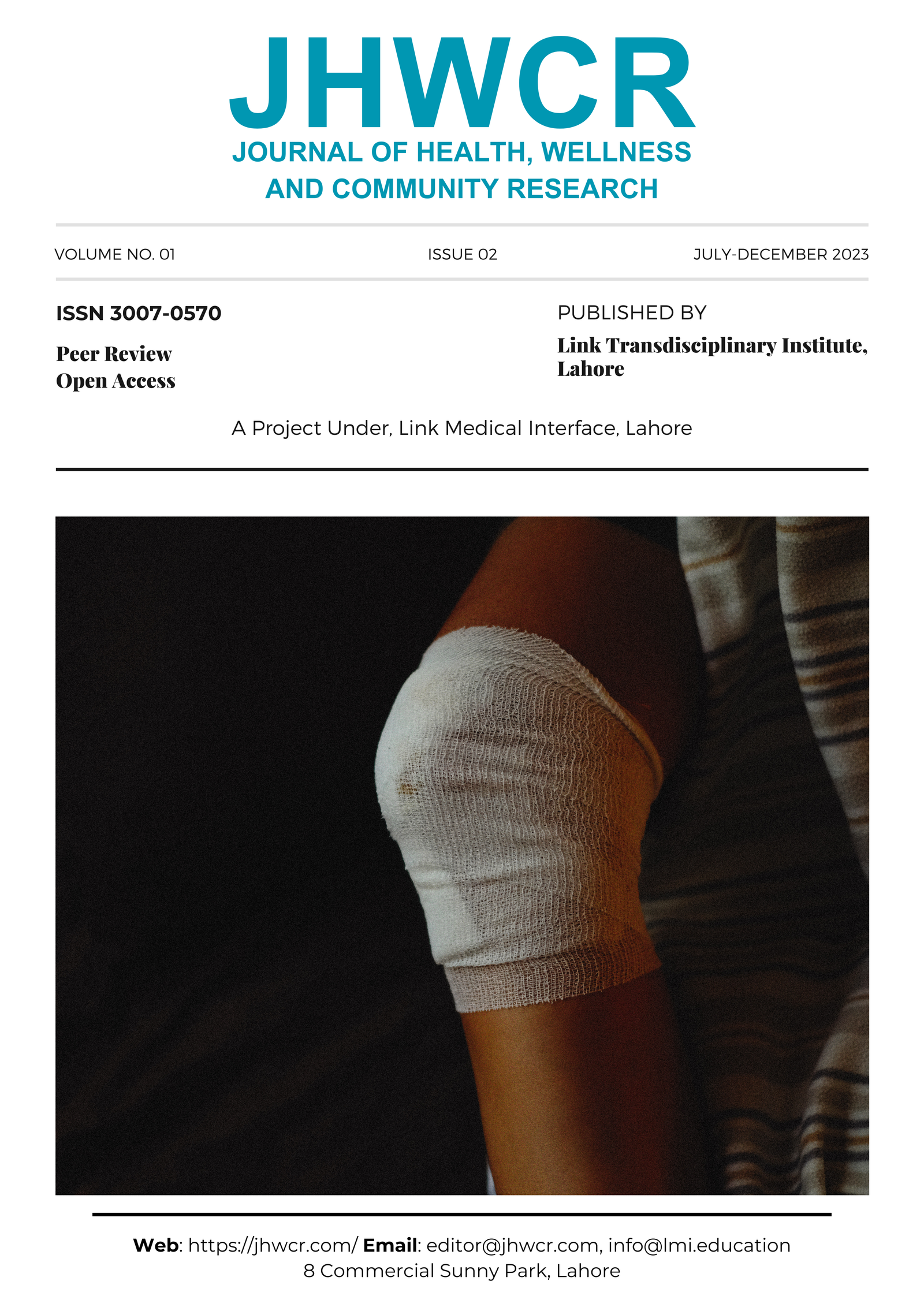PCR-Based Analysis of HBV and HCV Viral Loads and Their Impact on Liver Disease in Chronic Patients
DOI:
https://doi.org/10.61919/6ta8wf57Keywords:
Hepatitis B, Hepatitis C, Viral Load, Liver Cirrhosis, Liver Fibrosis, Hepatocellular Carcinoma, PCRAbstract
Background: Chronic hepatitis B (HBV) and C (HCV) infections are leading causes of global liver disease morbidity and mortality, yet the precise relationship between viral load and liver disease severity in regional populations remains insufficiently defined. Objective: This study aimed to determine how HBV and HCV viral loads, measured by PCR, correlate with the severity of liver fibrosis, cirrhosis, and hepatocellular carcinoma (HCC) among chronic hepatitis patients, with the expectation that higher viral loads would be associated with greater liver disease progression. Methods: In this cross-sectional observational study, 200 adult patients (n = 200), aged 18–75 years, diagnosed with chronic HBV or HCV infection in Lahore, Pakistan, were enrolled using defined inclusion and exclusion criteria; individuals with coinfections or recent antiviral therapy were excluded. Viral loads were assessed using standardized quantitative PCR assays, while liver fibrosis, cirrhosis, and HCC were determined by clinical, laboratory, and imaging criteria. Data collection was prospective and ethically approved by the Superior University Lahore IRB in line with the Helsinki Declaration. Statistical analyses, including chi-square tests, ANOVA, linear regression, and Spearman’s correlation, were conducted using IBM SPSS Statistics version 26 to evaluate associations and significance. Results: HCV accounted for 70.0% and HBV for 30.0% of cases; 56.5% had no fibrosis, 13.0% had cirrhosis, and 11.0% had HCC. Higher viral loads were significantly associated with advanced fibrosis (r = 0.695, p < 0.001), cirrhosis (r = 0.522, p < 0.001), and HCC (r = 0.435, p < 0.001), with odds ratios ranging from 2.87 to 4.56 for high viral load groups across outcomes. Conclusion: Elevated HBV and HCV viral loads are robustly associated with greater liver disease severity, supporting the clinical value of routine viral load quantification for early risk assessment, patient stratification, and improved management in chronic hepatitis care.
Downloads
Published
Issue
Section
License
Copyright (c) 2025 Ayesha Faheem, Sehar Hafeez, Faizan Hameed, Amna Shahid, Muhammad Hanzala Naseer, Tahira Raza Hussain, Ibtsam Sultan, Tabish Ali, Mureed Sajjad, Farwa Bano (Author)

This work is licensed under a Creative Commons Attribution 4.0 International License.


